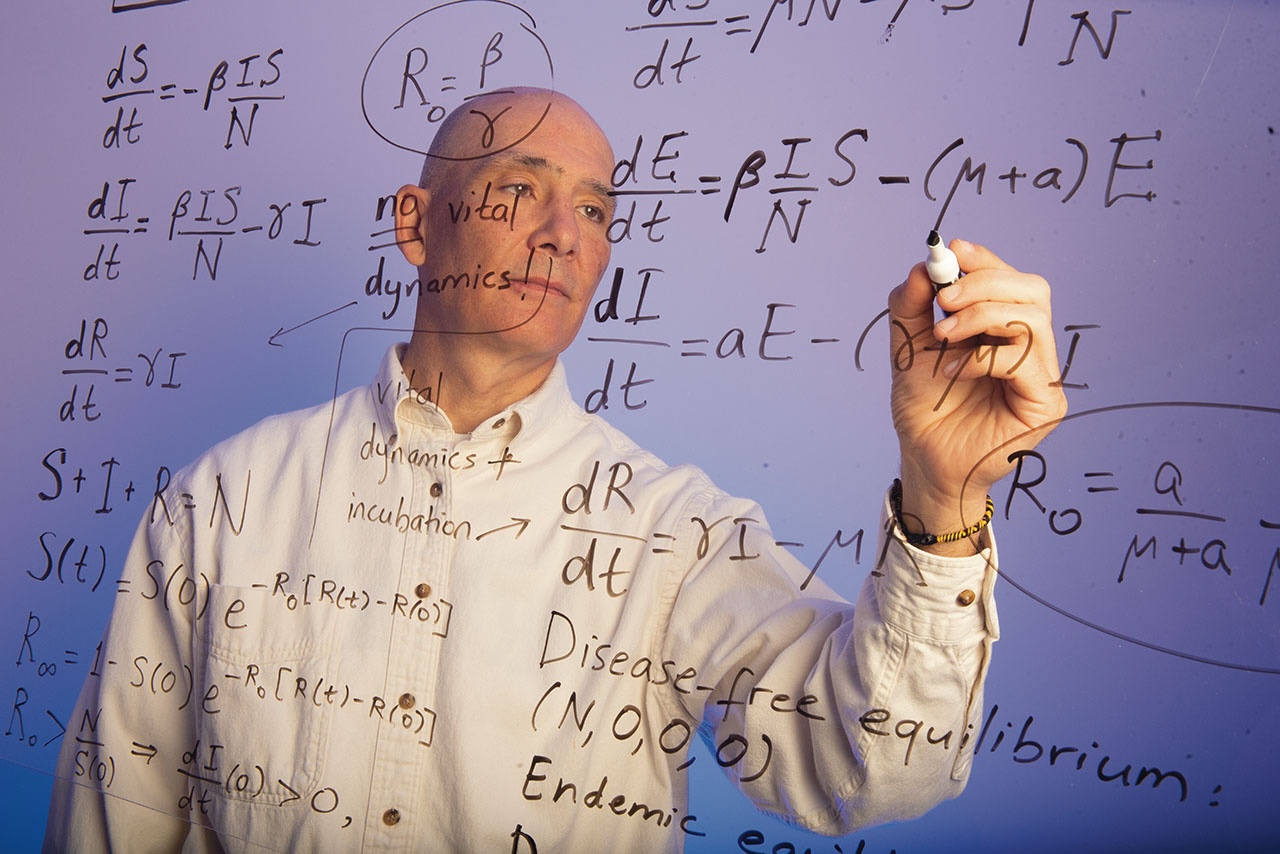
Biological Mathematics is a fascinating field that combines biology and mathematics to solve complex problems in nature. Ever wondered how animals migrate with such precision or how diseases spread through populations? Biological Mathematics holds the answers. This interdisciplinary science uses mathematical models to understand biological processes, from the growth of tumors to the dynamics of ecosystems. By applying equations and algorithms, researchers can predict outcomes and develop strategies for conservation, medicine, and more. Whether you're a student, a teacher, or just curious, these 29 facts will give you a deeper appreciation for how math and biology work together to explain the natural world.
What is Biological Mathematics?
Biological Mathematics, also known as biomathematics, is a field that combines biology with mathematical principles to understand and solve biological problems. This interdisciplinary approach helps scientists make sense of complex biological systems.
- Biomathematics uses mathematical models to represent biological processes.
- Population dynamics is a key area where biomathematics is applied, helping to predict changes in population sizes over time.
- Epidemiology relies heavily on mathematical models to track the spread of diseases.
- Genetics benefits from biomathematics by using algorithms to understand gene sequences and inheritance patterns.
- Ecology uses mathematical models to study interactions between organisms and their environments.
- Neuroscience employs biomathematics to model brain functions and neural networks.
Historical Background of Biomathematics
Biomathematics has a rich history, with contributions from various scientists over the centuries. Understanding its origins helps appreciate its current applications.
- Leonardo Fibonacci introduced the Fibonacci sequence, which appears in biological settings like the arrangement of leaves.
- Thomas Malthus developed early models of population growth, influencing later studies in ecology.
- Ronald Ross used mathematical models to understand malaria transmission, earning a Nobel Prize.
- Alan Turing proposed reaction-diffusion models explaining patterns in animal skins.
- Vito Volterra and Alfred Lotka created predator-prey models, foundational in population dynamics.
Applications in Modern Science
Biomathematics is crucial in modern scientific research, offering tools to tackle various biological challenges.
- Cancer research uses mathematical models to understand tumor growth and treatment responses.
- Climate change studies rely on biomathematics to predict impacts on ecosystems.
- Pharmacokinetics employs mathematical models to understand drug absorption and distribution in the body.
- Synthetic biology uses biomathematics to design and control biological systems.
- Conservation biology applies mathematical models to manage endangered species and habitats.
Mathematical Techniques in Biomathematics
Various mathematical techniques are employed in biomathematics to analyze and solve biological problems.
- Differential equations are used to model changes in biological systems over time.
- Statistical methods help analyze biological data and draw meaningful conclusions.
- Computational algorithms are essential for simulating complex biological processes.
- Probability theory is used to model random events in biology, such as genetic mutations.
- Network theory helps understand interactions in biological systems, like food webs or neural networks.
Challenges and Future Directions
Biomathematics faces several challenges but also holds promise for future advancements in biology and medicine.
- Data complexity is a significant challenge, requiring advanced mathematical tools to analyze.
- Interdisciplinary collaboration is essential but can be difficult due to differing terminologies and approaches.
- Ethical considerations arise when applying mathematical models to biological systems, especially in human health.
- Big data offers opportunities for biomathematics, enabling more accurate models and predictions.
- Machine learning and AI are increasingly used in biomathematics to analyze large datasets and uncover patterns.
Real-World Examples
Real-world examples highlight the practical applications of biomathematics in solving biological problems.
- COVID-19 modeling has been crucial in understanding and controlling the pandemic.
- Wildlife management uses mathematical models to balance species populations and ecosystems.
- Agricultural planning benefits from biomathematics by optimizing crop yields and resource use.
The Final Equation
Biological mathematics is a fascinating field blending biology and math to solve complex problems. From predicting population growth to understanding the spread of diseases, this discipline offers insights that are crucial for scientific advancements. It’s not just about numbers; it’s about applying those numbers to real-world biological scenarios.
Understanding these 29 facts can give you a glimpse into how interconnected our world is. Whether you’re a student, a researcher, or just curious, knowing how math and biology work together can open up new ways of thinking. So next time you see a pattern in nature or hear about a new medical breakthrough, remember that biological mathematics might be behind it. Keep exploring, stay curious, and who knows? You might just find yourself solving the next big puzzle in science.
Was this page helpful?
Our commitment to delivering trustworthy and engaging content is at the heart of what we do. Each fact on our site is contributed by real users like you, bringing a wealth of diverse insights and information. To ensure the highest standards of accuracy and reliability, our dedicated editors meticulously review each submission. This process guarantees that the facts we share are not only fascinating but also credible. Trust in our commitment to quality and authenticity as you explore and learn with us.
